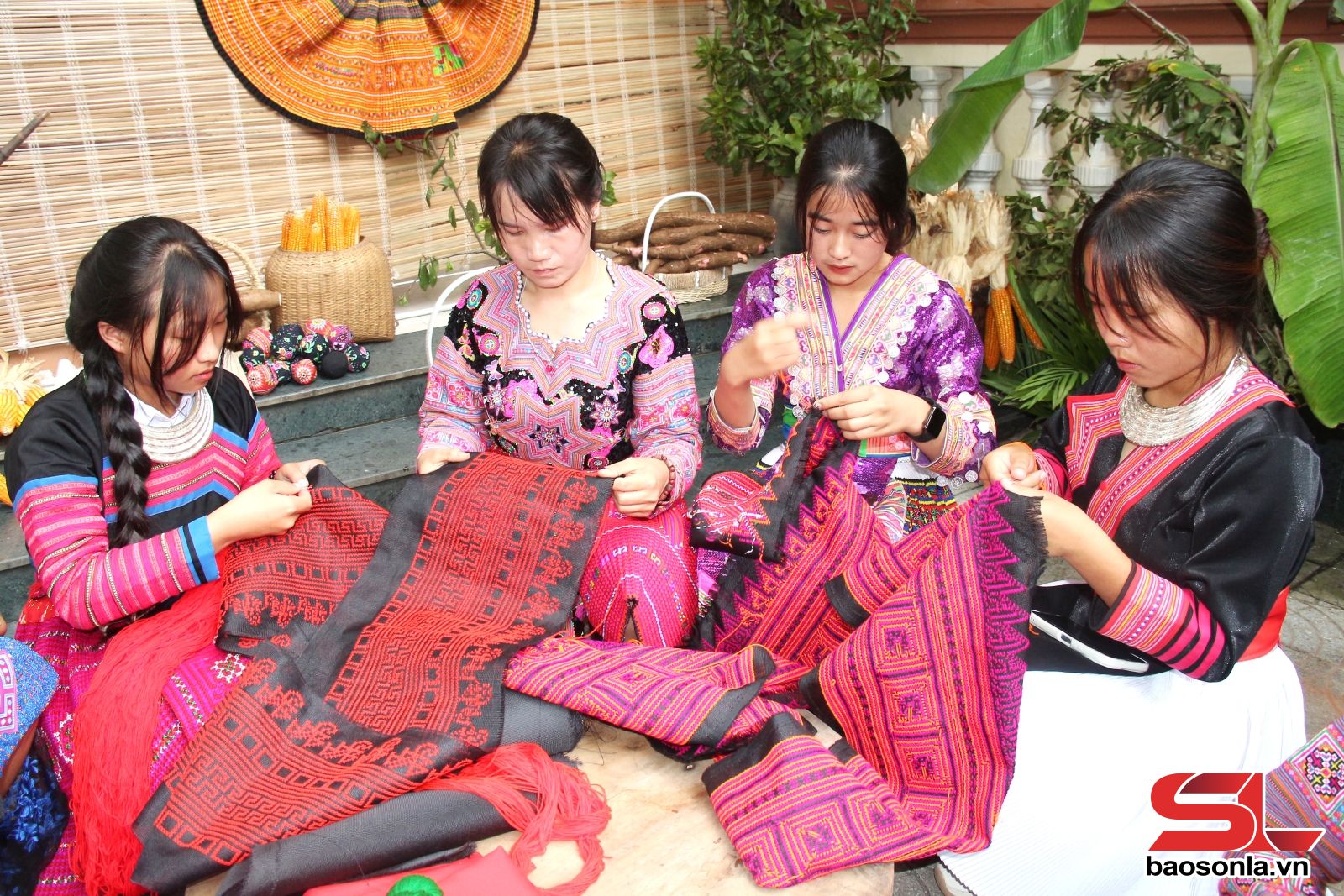
The art of creating fabric patterns has been preserved for generations by ethnic women as a traditional practice within each family. Grandmothers pass it on to mothers, and mothers teach their daughters. Without textbooks or formal classes, generations of women have shared embroidery and pattern-drawing techniques. As a result, each ethnic group’s traditional attire carries unique features that reflect their culture, beliefs, and identity.
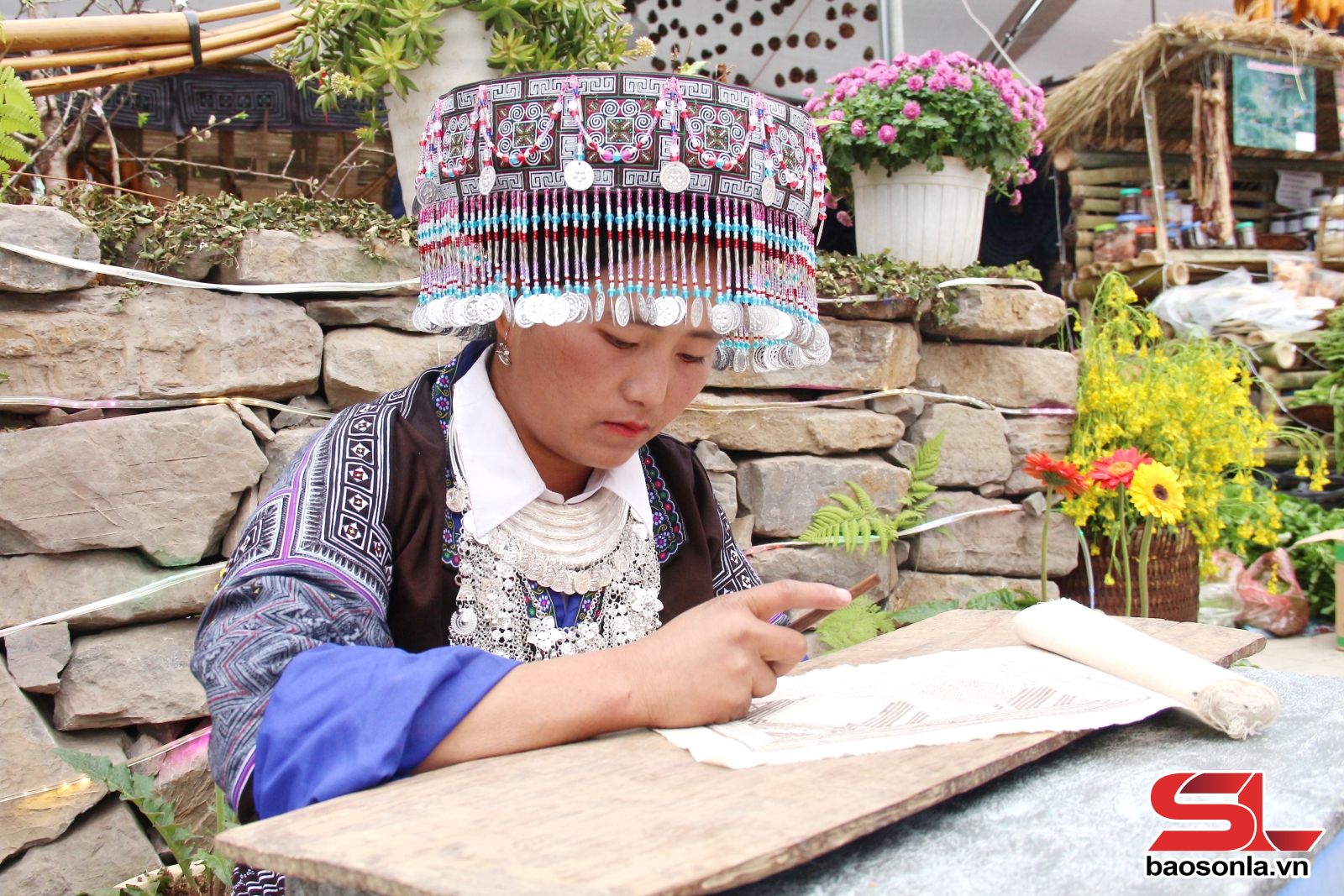
When discussing the art of fabric pattern creation among ethnic groups in Son La, the Mong people must be mentioned. Mong women possess a unique beeswax-drawing technique and an impressive ability to combine colourful threads, resulting in vibrant patterns that are distinctive in their traditional clothing. The creation of Mong attire involves multiple stages, including various embroidery, sewing, and fabric assembly techniques. Among these, the most challenging is beeswax pattern drawing. This complex process requires precise memory for details and exceptional skills, with women sometimes spending an entire day patiently completing a single pattern set.
.jpg)
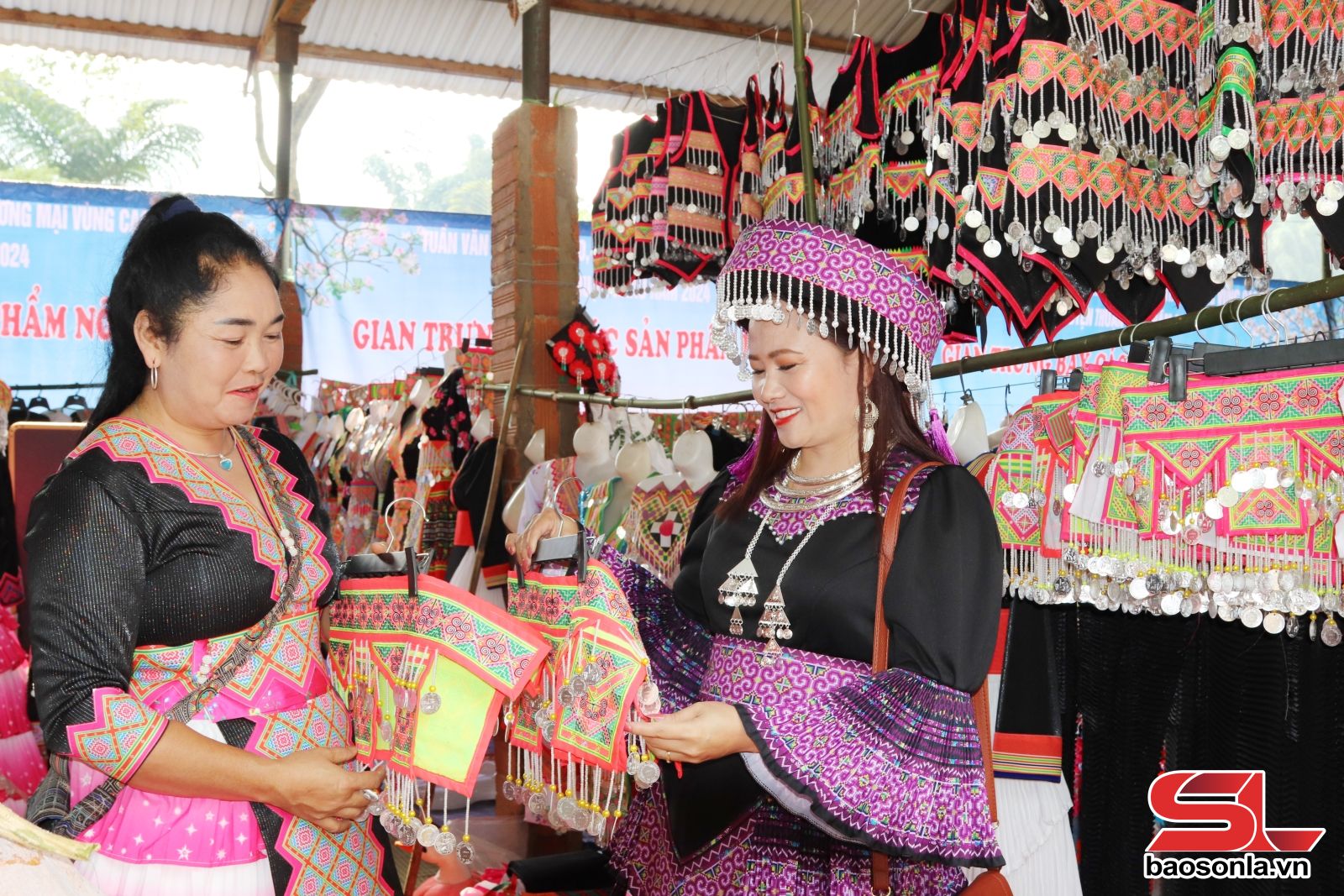
The pattern creation techniques using beeswax of the Mong and Dao Tien people share similarities. Melted beeswax is applied to white fabric using special tools to draw patterns. The fabric is then dyed with indigo and dried, and the beeswax is removed, revealing white patterns on the indigo background. In addition to beeswax designs, Dao Tien women are also highly skilled and creative in using colourful threads to craft patterns. With indigo fabric as the base, Dao Tien traditional attire stands out with white wave-like patterns on the skirts, created by beeswax, and vibrant red and pink motifs on the shirts and headscarves.
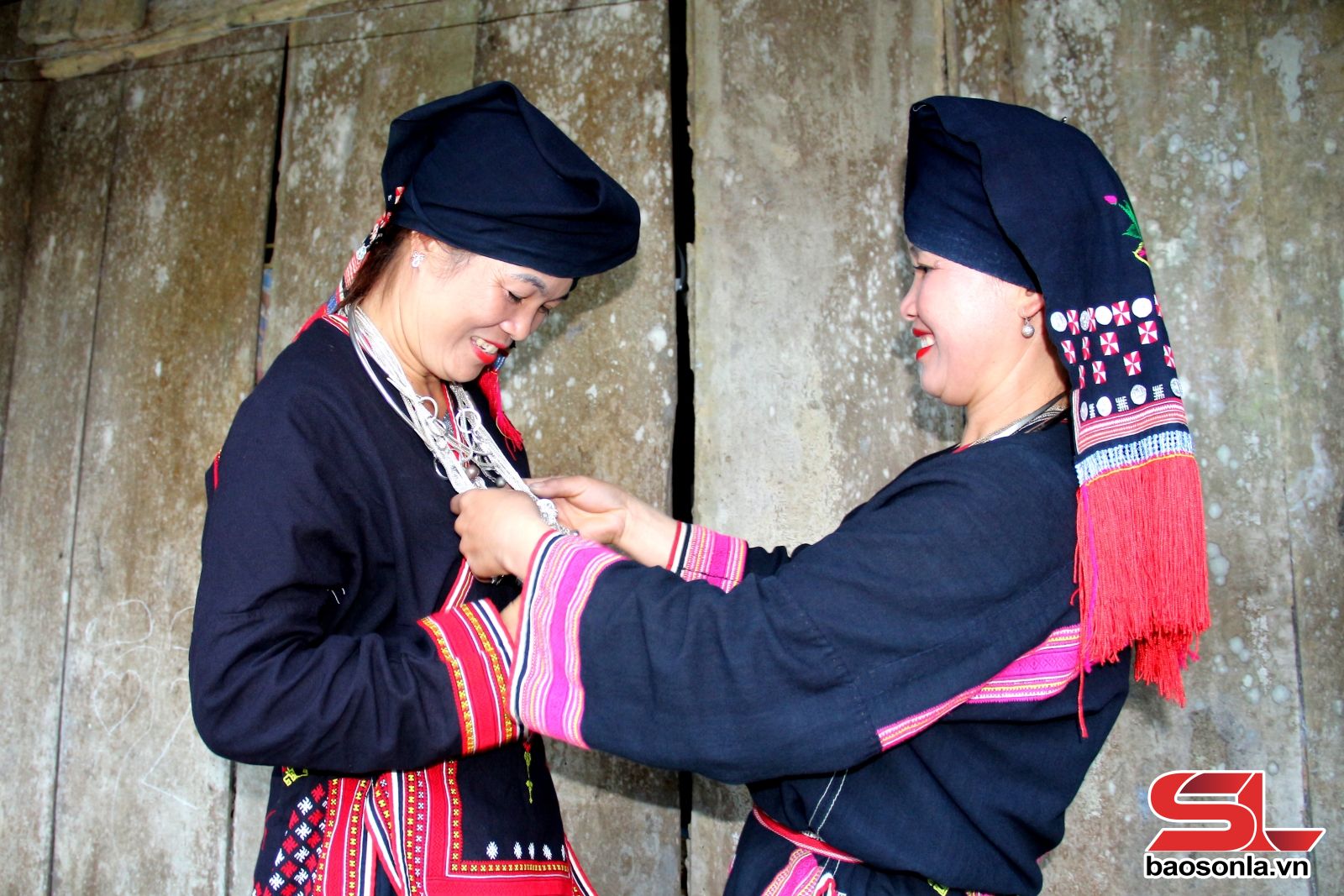
Unlike the colourful and intricate costumes of the Mong and Dao people, the traditional attire of the Thai ethnic group, especially for women, features the elegance. The highlight of Thai women’s clothing is the ‘Pieu’ headscarf, adorned with meticulously embroidered patterns. For the Thai people, the beauty of the scarf represents the virtue, skills, and talent of the woman who crafted it.
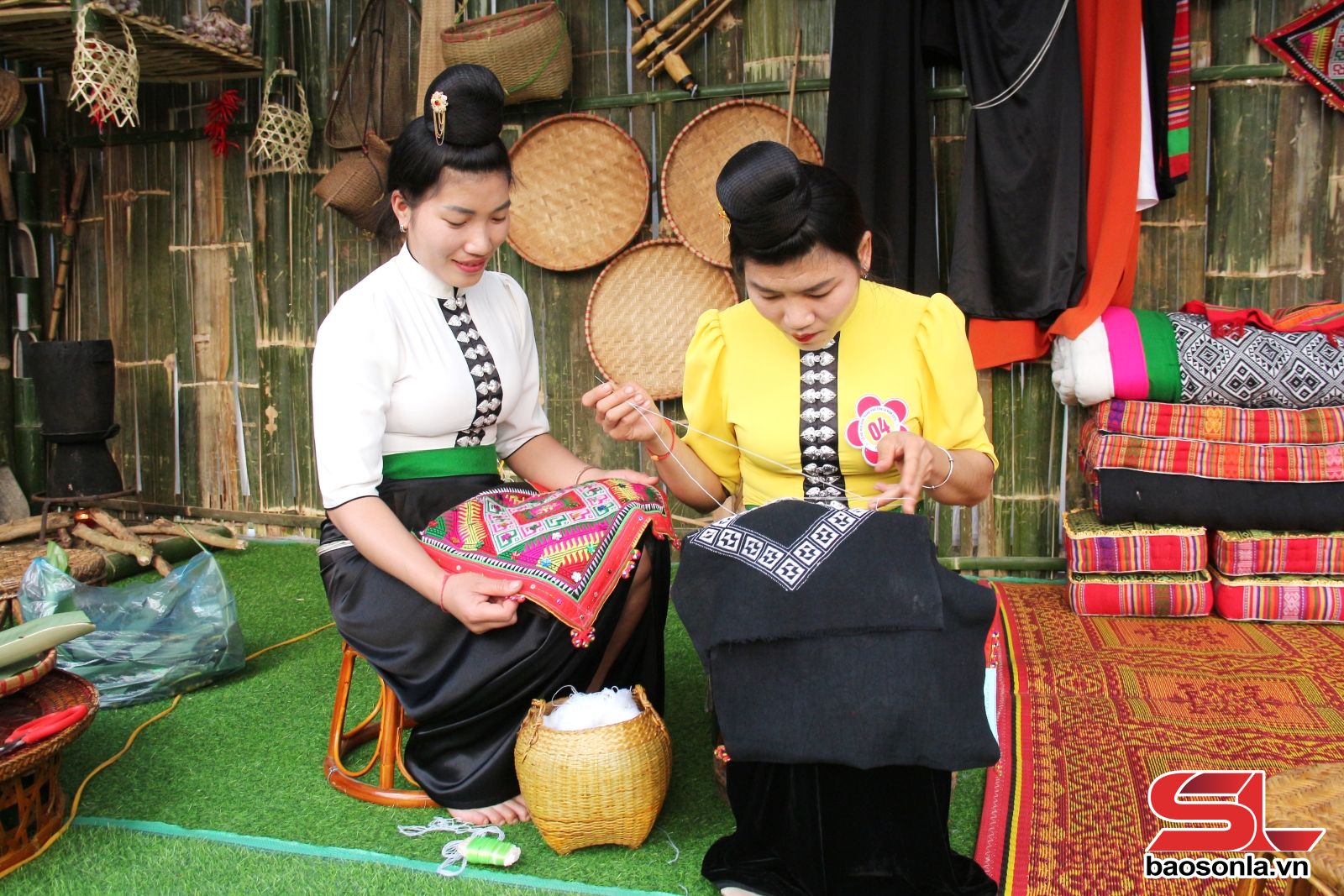
Each ethnic group in Son La has traditional attire with unique characteristics. Women’s clothing, in particular, tends to be more elaborate, featuring eye-catching designs and colours. Most outfits emphasise distinctive details, patterns, and vibrant hues on headscarves or hats, enhancing the beauty of mountainous women.
With its long-standing tradition and distinctive features, the art of fabric pattern creation by the Dao Tien and Mong Hoa people in Son La has been included by the Ministry of Culture, Sports, and Tourism in the list of national intangible cultural heritage. This recognition honours a precious cultural legacy, nurtured and preserved across generations, enriching the vibrant cultural tapestry of Son La's diverse ethnic communities.



















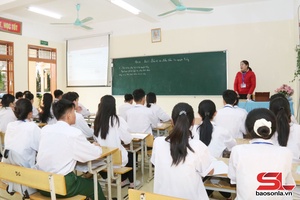



You have 500/500 characters left
Please enter 5 or more characters!!!